Send a message.
We’re here to answer any question you may have.
careers
Would you like to join our growing team?
careers@hub.com
Feedbacks
Have a project in mind? Send a message.
info@hub.com
Error: Contact form not found.
We’re here to answer any question you may have.
Would you like to join our growing team?
careers@hub.com
Have a project in mind? Send a message.
info@hub.com
Error: Contact form not found.

Digital graphics are an important aspect of marketing your company or organization on social media, through email campaigns, multimedia displays, and other channels. They can help you to create a consistent presence in print and online, and to represent your company's goals and vision.
Digital graphics are more than just a Facebook cover photo or profile image. They should be used to communicate your company's message clearly and concisely. In today's digital age, most people conduct internet research before purchasing a product or service. Make sure that your digital visuals and marketing are giving them a good initial impression of your company.


Developing a consistent visual style and design elements that align with the game's brand. This includes defining color palettes, typography, and graphical elements that are used consistently throughout the game's marketing, UI design, and promotional assets.

Print designers choose and manipulate fonts to enhance the visual appeal and readability of printed materials. They consider factors such as font styles, sizes, spacing, and alignment to create harmonious and legible typographic compositions.

UI designers define the interactive elements and behaviors of the interface. This includes designing buttons, menus, forms, sliders, and other interactive components to ensure they are intuitive, easy to use, and provide clear feedback to users.
A graphic design company in India can raise the brand through creative and powerful visual identity. Indian designers with creativity, quality, and affordability can create compelling visuals of logos, brand assets, marketing materials, and digital graphics that actually reach your target audience. Indian designers have the expertise and knowledge of global design trends, modern tools, and deliver designs adapted to your brand's message and objectives. Indian graphic design firms are known for paying attention to minute details and delivering work efficiently while bringing in new ideas with reliable solutions - an ideal partner to add value to your brand's appeal to help drive market engagement.


Names and taglines that evoke emotions or resonate with the audience on an emotional level tend to be more memorable and impactful. They can create a connection with the target audience and elicit positive associations with the brand.
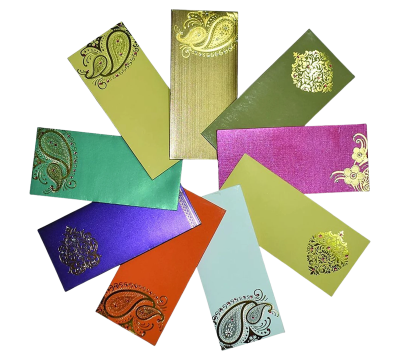
Envelopes can have various seal types, including self-sealing adhesive strips, moisture-activated gum, or peel-and-seal closures. The choice of seal type depends on convenience, security requirements, and the intended usage of the envelope.
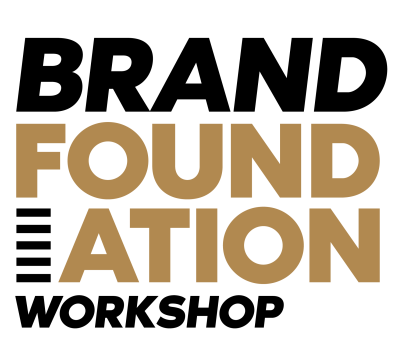
Brand Foundation refers to the visual and verbal representation of a brand. It includes elements such as the brand name, logo, tagline, color palette, typography, and visual style. Developing a consistent and distinctive brand identity helps create a strong and memorable brand presence.

The main aspect of a corporate presentation is to effectively communicate key information, messages, and objectives of a company or organization to an intended audience.
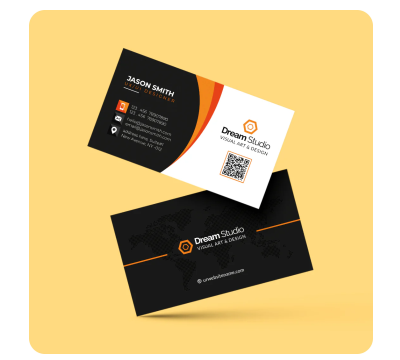
The main aspect of a visiting card, also known as a business card, is to provide a concise and visually appealing representation of an individual or a company's contact information.
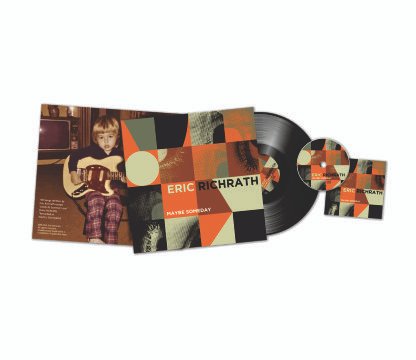
We help in developing strategy for releasing apps to the end users – be it through Google Play, Amazon App Store, enterprise portals or your own distribution channel.

A well-structured layout ensures that the information on the business card is organized and easy to read. Consider the placement of elements such as the name, job title, contact details, and logo. Utilize white space effectively to create a balanced and visually pleasing design.
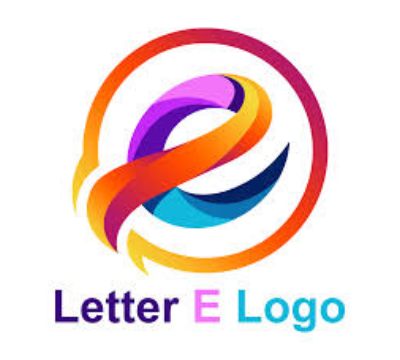
A logo should be original and avoid similarities or close resemblances to existing logos. It should stand out and avoid confusion with other brands. Conducting thorough research and trademark searches helps ensure the logo is unique and legally protectable.

The package should be designed with convenience in mind. It should be easy to open, close, handle, and store. Consider user-friendly features such as handles, resealable closures, pouring spouts, or tear strips that enhance the overall user experience. A well-designed package makes it effortless for customers taccess and use the product.

Create design appealing stationery designs that catch attention and make a positive impression. Use appropriate colors, fonts, and graphics that align with the brand and evoke the desired emotions. Aesthetically pleasing designs can enhance the perceived value and professionalism of the stationery.
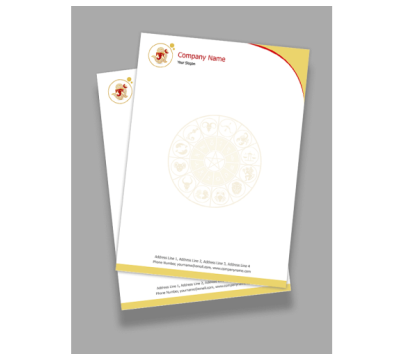
Ensure that the letterhead design aligns with the overall brand identity. Use the same colors, fonts, and visual elements that represent the brand. Consistency with other branding materials reinforces brand recognition and professionalism.
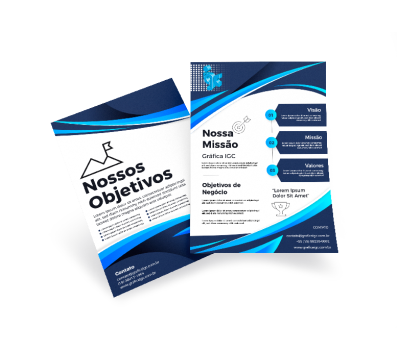
Determine the primary message or purpose of the flyer and ensure that it is clear and concise. Use a catchy headline or tagline that captures attention and communicates the key information or call to action.

Establish a clear and logical catalogues of products or content within the catalogue. Group related items together and use sections or categories to help readers navigate through the catalogue easily. Consider the flow of information and ensure a smooth reading experience.
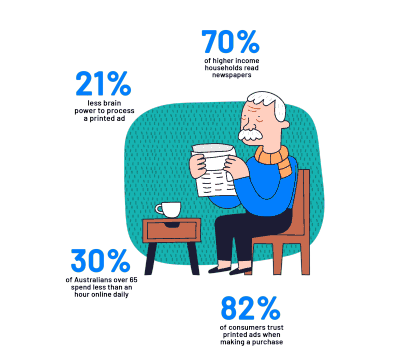
Ensure that the print advertisements of the advertisement is of high standard. Work with a reputable printing service to ensure accurate color reproduction, sharp images, and clear text. Choose the appropriate paper stock that complements the design and aligns with your brand image.

Determine the specific goal of your social media ad campaign. Whether it's to drive website traffic, generate leads, increase brand awareness, or promote a specific product or service, define your objective clearly before designing the ad.
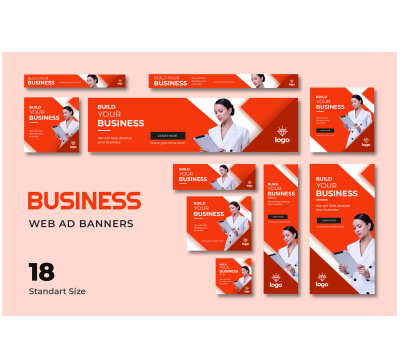
Use visually appealing and attention-grabbing images or graphics that are relevant to your message and target audience. The visuals should capture attention and create an emotional connection with viewers. Ensure that the visuals are of high quality and properly aligned with your brand identity.
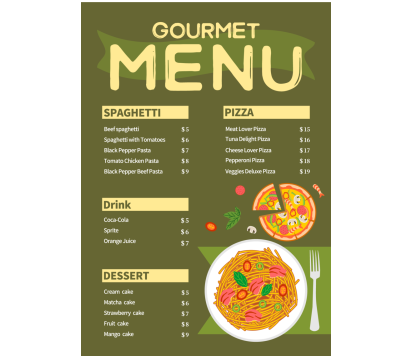
When designing a food menu, there are several key aspects to consider in order to create an attractive and user-friendly menu that effectively showcases your food offerings

Determine the purpose of your brochure and identify your target audience. Whether it's to promote a product, service, event, or provide information, understanding your target audience's needs and preferences will guide the overall design and messaging.
We offer a wide range of graphic design services, including logo design, branding, marketing materials, social media graphics, and packaging design.
Yes, we specialize in creating custom illustrations tailored to your brand's identity and messaging, ensuring a unique visual representation.
Our design process involves understanding your needs, brainstorming ideas, creating initial drafts, and refining the designs based on your feedback until we achieve the final product.
Absolutely! We ensure that all designs are print-ready and meet the specifications required by printing companies.
We conduct a thorough analysis of your brand identity and target audience to create designs that resonate with your brand values and messaging.
We provide final designs in various formats, including JPEG, PNG, PDF, and vector formats like AI and EPS, depending on your needs.
Adding {{itemName}} to cart
Added {{itemName}} to cart